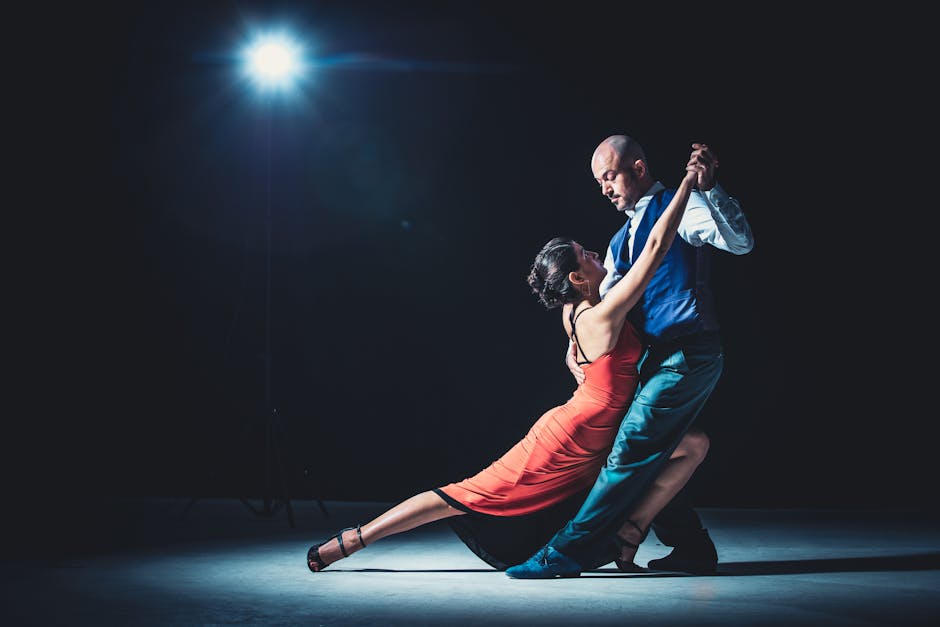
Tango Dance: The Passionate Argentine Dance Form
Tango Dance: The Passionate Argentine Dance Form
Tango dance is a mesmerizing form of expression that originated in the late 19th century in the working-class neighborhoods of Buenos Aires, Argentina. Its distinctive style and intense emotions have captivated dancers and spectators around the world.
A Brief History
The origins of Tango can be traced back to the fusion of European, African, and indigenous influences in the melting pot of Buenos Aires, a city filled with immigrants and cultural diversity. Initially considered scandalous and frowned upon, Tango slowly gained acceptance and popularity. By the early 20th century, it had become an integral part of Argentine culture.
Styles of Tango
Tango has evolved into various styles over time. Some of the prominent ones include:
- Argentine Tango: The original form, characterized by close embrace and intricate footwork.
- Milonga: A playful and lively style often danced in social settings.
- Valz Cruzado: A waltz-like variation that incorporates swift turns and sweeping movements.
Influential Figures
Many legendary dancers and musicians have contributed to the development and popularity of Tango over the years. Some notable figures include Carlos Gardel, Astor Piazzolla, and Juan Carlos Copes.
Experience the passion and intensity of Tango dance, whether as a spectator or a participant. Its rich cultural heritage and emotional depth make it a truly unique art form.
